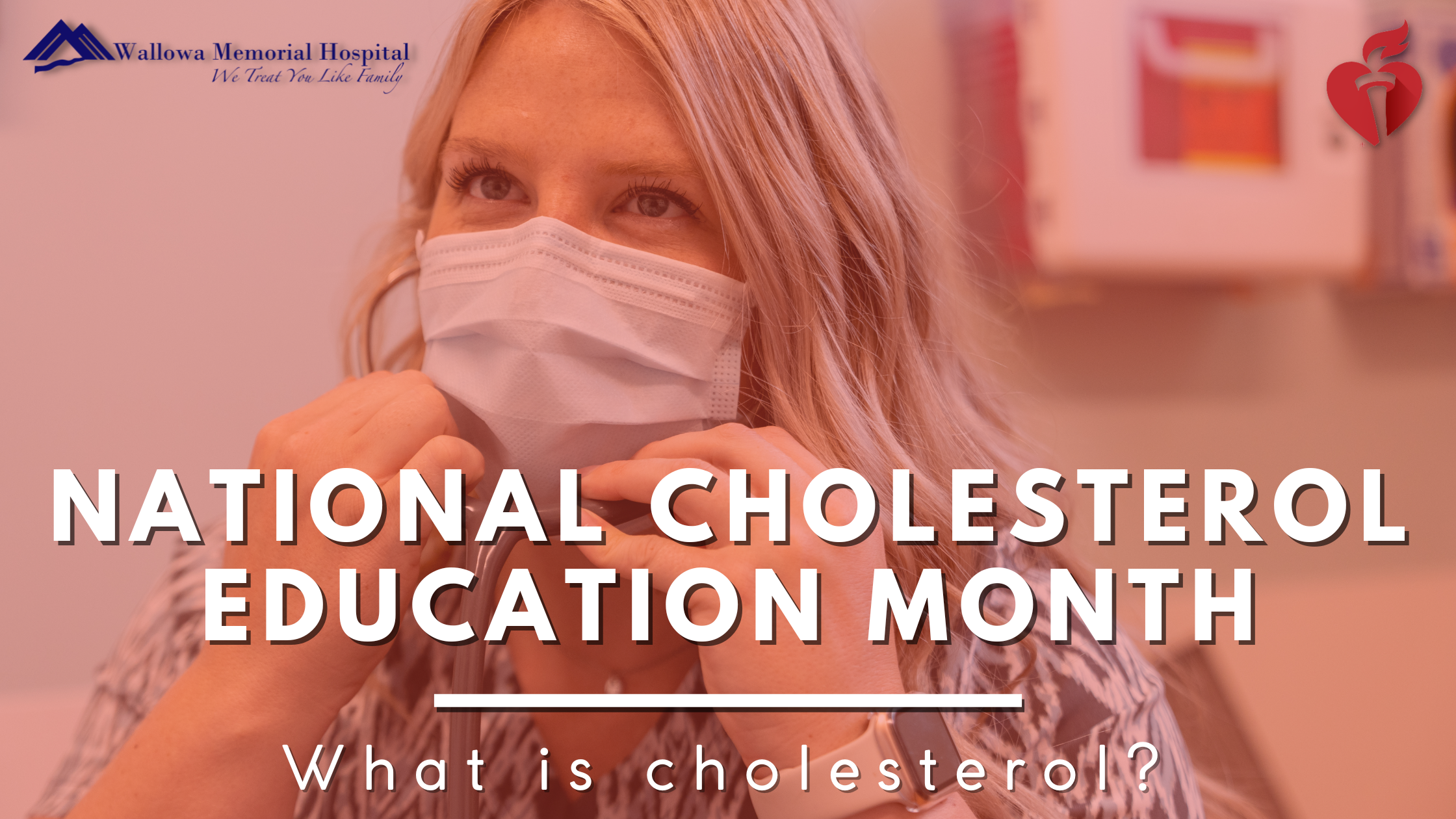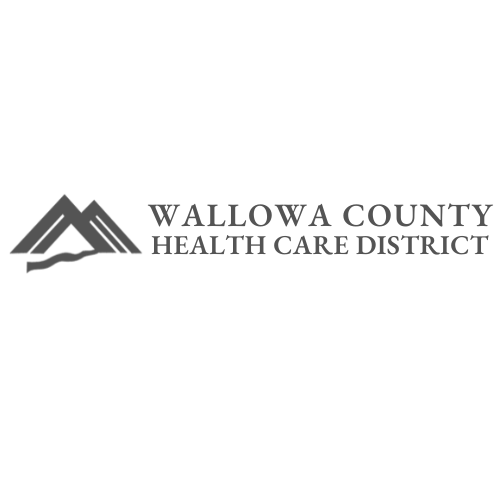
12 Sep National Cholesterol Education Month
September is National Cholesterol Education Month. Did you know that high blood cholesterol is one of the primary risk factors for heart disease? According to the Centers for Disease Control and Prevention heart disease is the leading cause of death in the United States.
What is Cholesterol?
Cholesterol is a substance produced in the liver. It is essential in building healthy cell walls and making hormones like Estrogen and Testosterone. However, too much cholesterol in the body can start to form plaque in the vessel walls. This can increase the risk of multiple metabolic diseases like heart disease and stroke. It is critical to have cholesterol measured regularly, as it can help determine if you might be at risk for cardiovascular disease.
The liver makes all the cholesterol our body needs to function correctly, but it also comes from our diet, and a high-fat diet can cause an increase in the liver production of cholesterol as well. Excessive cholesterol in the blood can damage the endothelial cells and lead to plaque build-up in the vessels, which increases the risk for heart disease, stroke, dementia, and many other chronic medical issues.
An evaluation of chronic medical disease will usually include cholesterol panel testing. The panel is broken-down into LDL, HDL, and Triglycerides.
LDL
The LDL is bad cholesterol. It is the main culprit in causing plaque build-up in the arteries throughout the body. LDL should be lower than at least 100 and even lower in people with cardiovascular disease. By limiting alcohol intake, tobacco cessation, eating high-fiber foods, limiting processed foods and high-fat foods, and getting regular daily exercise LDL can be decreased. For some heart-healthy recipes, visit our clinic’s blog at https://wallowamemorialmedicalclinics.org/5-recipes-to-a-healthier-heart/.
HDL
HDL is good cholesterol. Essentially, it is the garbage truck that picks up the LDL and carries it away from our vessels. HDL should be greater than 40 in males and 60 in females. One of the best ways to raise HDL is to be active and get at least 150 minutes of moderate-intensity aerobic exercise every week. Choosing activities you enjoy will help keep you motivated to continue exercising daily.
Triglycerides
Triglycerides are also on the cholesterol panel, and the goal is to keep it below 150. They are high when many processed foods, high-fat foods, and alcohol are in our lifestyle. Participating in daily exercise, eating complex carbohydrates and whole grains, and decreasing saturated fats and trans-fats in our diet can lower Triglycerides. Substituting foods that have saturated fats in them for foods that have healthier fats in them can be helpful. Poly and monounsaturated fats are healthier fats that are found in nuts, seeds, olive oil, avocado, and fish.
Keep working on making healthy choices, eating foods low in fat and high in fiber, and being active to reach your health goals!
Article by Dr. Sheahan 



No Comments